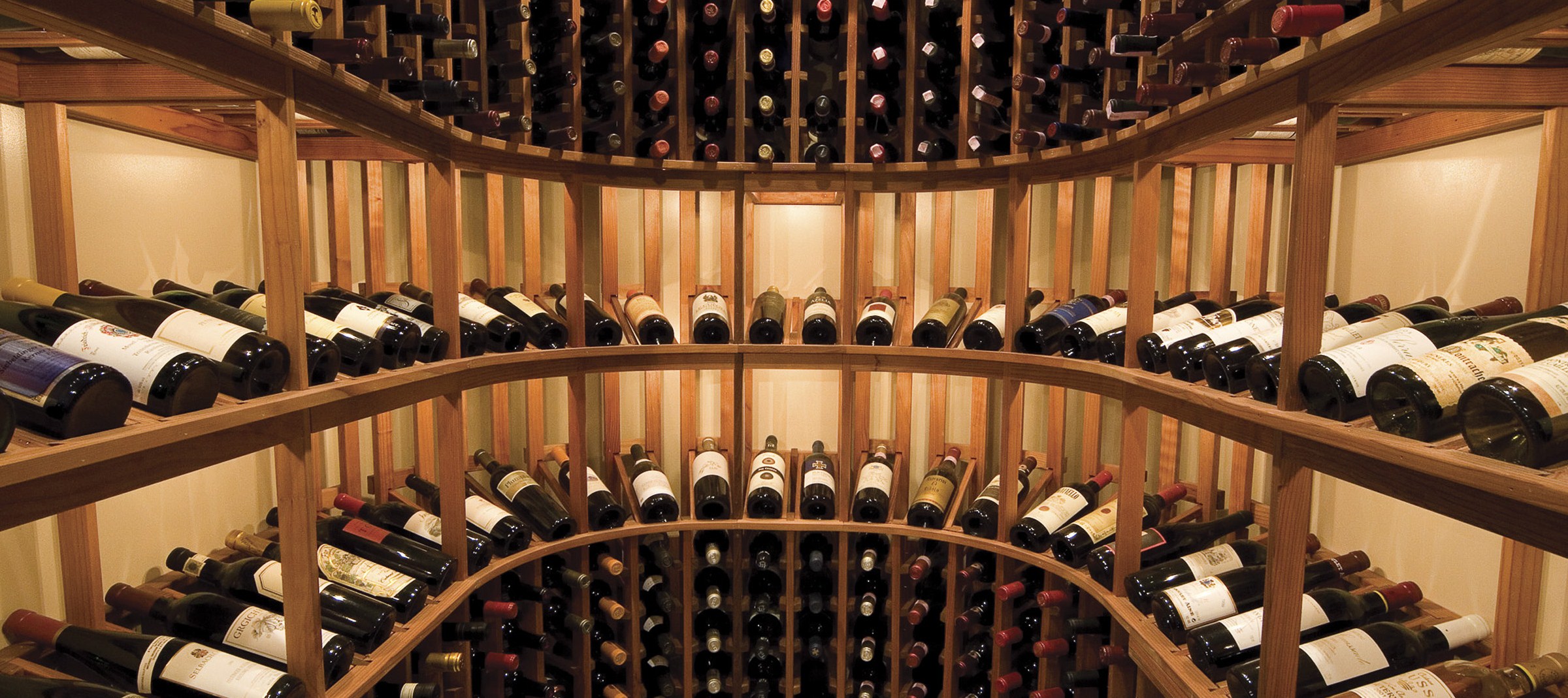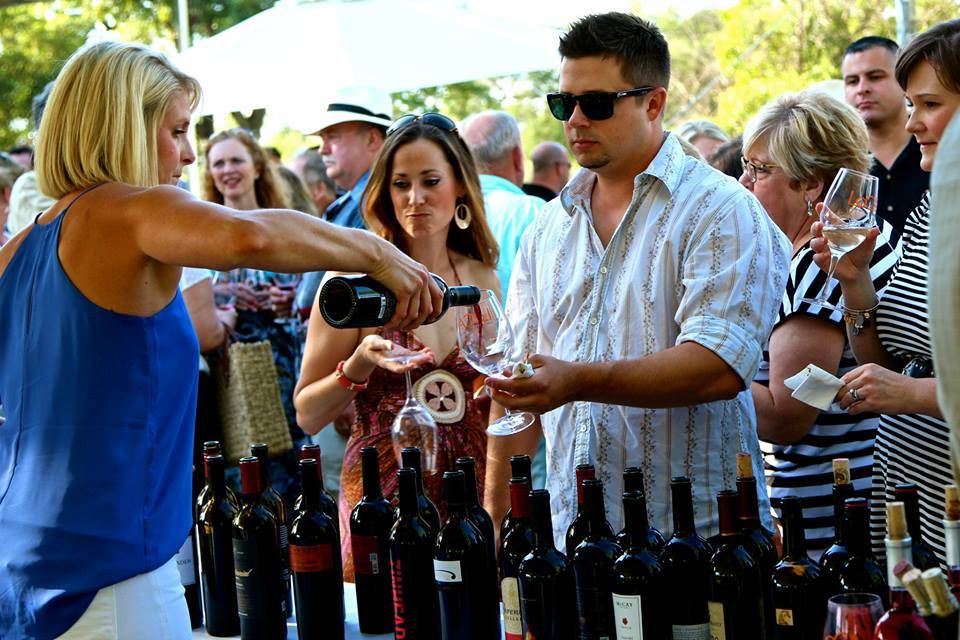AgroThermal Announces Impressive 2014 Winegrape Trial Results
11 California Winegrape Trial Blocks Average Over 30% Yield Increases
By Laurie Greene, CalAgToday editor and reporter
AgroThermal Systems produced a third year of impressive winegrape fruit set results in 2014 patented Thermal Heat Treatment process trials, averaging 23% more berries per bunch and 27% more bunch weight at mid season. Yield per vine at the end of the season showed a 31% gain in treated blocks vs. control blocks.
The data, developed under the direction of the Dawson Company, which creates sales opportunities for new agricultural post harvest, produce ripening and crop production technologies and novel agrichemicals, came from 15 trial and control blocks in the Southern Salinas Valley, Livermore and the Central Valley. According to the company’s founder and president, Art Dawson, “ We have been sampling fruit set and bunch weights in conjunction with AgroThermal since 2012 and this represents the 3rd year of a consistent average increase of over 20% in fruit set at mid season vs. corresponding trial blocks. There is no doubt the technique produces more fruit, even in great fruit set years as evidenced from over 30 blocks tracked since 2012.” The increase in fruit set varied by varietal; it appears the response to instantaneous heat treatment is varietal-specific.
In 2014, the two companies collaborated on sampling harvest weights and berries per bunch counts a few days in advance of harvest, in 11 of the 15 winegrape trial blocks. According to Dawson, “We stripped six vines in each control and trial block to get a projection of weight per vine. The average increase was 31% more weight per vine. This indicated that the technique not only created more berries per bunch, but this advantage was carried forward to harvest yields.”
According to Marty Fischer, CEO of AgroThermal, “When we saw these sampling yield projections, we asked our growers to confirm their actual harvest data. Getting grower data on harvest yields has always been challenging due to the frenetic activity at harvest, the very reason why we decided to do the sampling prior to harvest. We have confirmation of substantial yield increases for 7 of the 11 blocks at Scheid Vineyards located in the Salinas Valley,” Fischer said, “and are awaiting grower harvest data from the other four blocks.”
Shawn Veysey, Head of Viticulture at Scheid in Greenfield, California stated, “We were very excited by what we have seen with the AgroThermal technique. We have blocks with up to a 40% increase in berries per bunch and weight per bunch. This translates to a 1 to 2 ton increase per acre.”
Fischer credited the increases in 2014 to a treatment shift; “Different protocols produce significantly different results after experimenting with treatment start dates, frequency of treatments and time of day applications. Growers who don’t want yield increases but want to change wine character need to use a protocol that provides more berries per bunch leading to higher skin to pulp ratios. Growers who want a yield increase need to adhere to a different protocol of treatments.”
AgroThermal expects some 15-20 wines to be barrel-tasted from the 2014 trials in California and Oregon, with wine quality results announced sometime in early 2015.
Agrothermal Systems Introduces North America Sales Manager
Kim Boyarsky was recently appointed North America Sales Manager, bringing wine industry marketing experience to AgroThermal Systems. She has spent ten years in customer development representing packaging and cooperage companies in the wine industry. For the last three years, she was Territory Manager with Barrel Builders, Inc. in St. Helena, California, where she was responsible for consulting with winemakers on barrel selections for current wine vintages in California, Oregon and Washington.
AgroThermal Systems (www.agrothermalsystems.com) is based in Walnut Creek California and is a dba of Lazo TPC Global, Inc. a California Corporation. AgroThermal has pioneered the use of in-field heat treatment as a means to increase yields, reduce pesticide needs and improve crop qualities. The company holds patents on Thermal Pest Control and has patents pending on Thermal Plant Treatment for agricultural crops . The AgroThermal Systems technology has shown consistent results for improving fruit set, harvest yields, pest control and improving certain wine sensory characteristics in various trials conducted in the US from 2012-2014.













